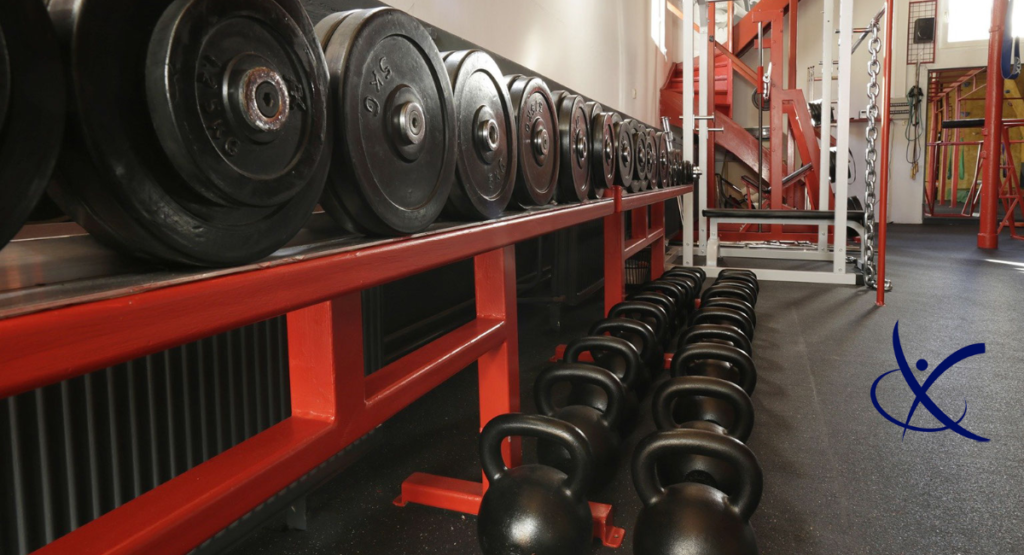A Method to Help You Choose Weights Wisely
I’d like everyone to keep those two principles in mind: your body needs higher resistance to make beneficial changes, and light weight can be damaging despite them seeming innocuous. This understanding is crucial when it comes to choosing the weights or resistance for your exercises during workouts. The goal of resistance training is, after all, to make your muscles stronger and more resilient to stress. But they need a certain amount of resistance in order to make those desired changes rather than continue to break down or plateau. This is the science behind strength training. It is more specific than just picking a random weight that you “think” is a challenge and doing 3 sets of 10 reps.
The concept of a “1 Rep Max” dubbed “1RM” is by definition the most amount of weight you can use for a single rep of any given exercise. Squat, bench, power lifts, curl…you name it. Every muscle has an inherently limited capacity to lift weight and in order to stimulate positive changes in that muscle, it must be challenged at a certain percentage of that capacity for a certain volume of repetitions. This is why the 1RM is important because it allows us to work backward from that value and decide what percentage of 1RM we will use for exercises. Conventional wisdom was “high weight and low reps” vs “lower weight and higher reps.” Intuitively this makes sense, but it misses the mark a bit.
There is a certain “ideal” volume of exercise (combined sets and reps) for each range of your 1RM percentages. Prilipen’s Chart is an excellent breakdown of how you can decide how many sets and reps you should be doing for a particular amount of weight if you’re familiar with your 1RM for that exercise. This really takes the “think work” out of it for us and lays out some pretty clear guidelines for strength training in order to make changes. I say this because I see it all too frequently where people just aren’t entirely confident in their weight selection and when asked about their workouts, they probably are leaving some on the table. Meaning, they aren’t pushing hard enough and think they should be stopping based on arbitrary numbers. Chances are, if you can do 5+ more reps for an exercise confidently, then you might be coming up a bit short during your workouts. And no, more weight doesn’t mean you’re going to get bulky or bigger. What it does mean is that there is a greater chance you will see strength changes or performance benefits when lifting an appropriate weight that isn’t “too easy.” I did have a strong lifting background in a Division 1 school with a brilliant lifting coach and I never got “bulky” because of lifting weights. The post-collegiate pizza is more of the culprit than weights were. We were fit, not injured.
A 1RM isn’t practical for many people for a multitude of reasons, so there is another alternative. That is the “Reps in Reserve” (RIR) concept. As I mentioned before, if you have enough energy/strength for 5-10 more reps after an exercise then you have too many RIR. Ideally, this matches up with perceived effort levels (RPE) and at average appropriate RPE, you have 2-3 reps left in your tank. That is a good gauge to know if you’re in the right ballpark for that exercise. I also appreciate this because it is fluid and changes daily to account for personal shortcomings. Not enough sleep, not enough food, too stressed from work or life, very hot days, dehydrated, sick, etc. You can’t fool your body, so perceived effort and RIR can help keep you dialed in more than a hard number.
These topics can get a bit overwhelming, especially for detrained or newer lifters. This brief overview might help unpack it and then I’ll follow up with some more info to break it down further. Until then, start thinking about your workouts and how you approach your weight selection and volume choices. Do you have a method? Can you justify it if we talked about it? If not, don’t sweat it, we’re here to help.
Happy Training!
